The primary challenge in implementing this change was figuring out a way to modify the main feature of the game without undermining the unique performance provided by Crumbling World. In other words, to accomplish this task, I had to alter the procedural world generation carefully.
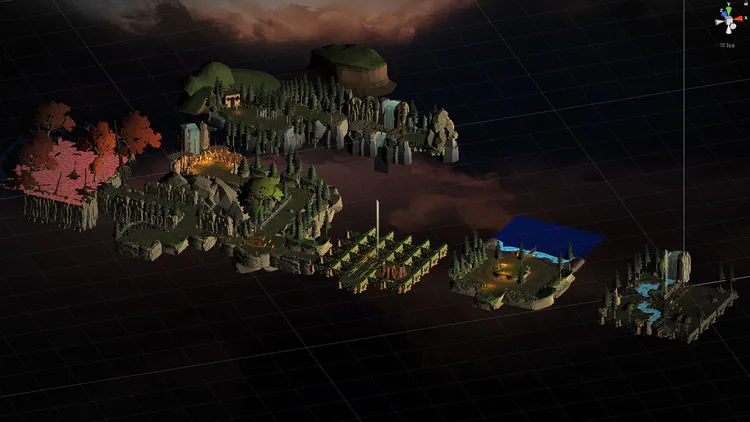
The Challenge
The feature that truly makes Crumbling World unique is how each level is generated before the player’s eyes. Before modification, this world generation occurred on the fly, which led to pretty high-performance needs, as the Navmesh had to be continuously updated. This caused some issues with the game’s AI, both for NPCs and enemies.
It turns out that allowing the geometry of 3D models to be visible when generating was the primary cause of these performance issues, due in large part to the fact that the rending engine suddenly had to create things on demand. Thanks to the optimization work that I have been doing, these pesky issues are now fixed.
The Solution
To solve both the performance and Navmesh issues, I opted to create each level in advance while the game was loading. This change wasn’t easy, as it involved some significant modifications to the core game functionality, which in turn unintentionally broke some secondary features that took a lot of time to figure out. By creating levels in advance, I only had to create the Navmesh once, which certainly helped the overall performance of the Navmesh agents for NPCs and enemies. At the same time, this improved the overall performance of Crumbling World, as the Navmesh now does not have to be consistently updated throughout gameplay.
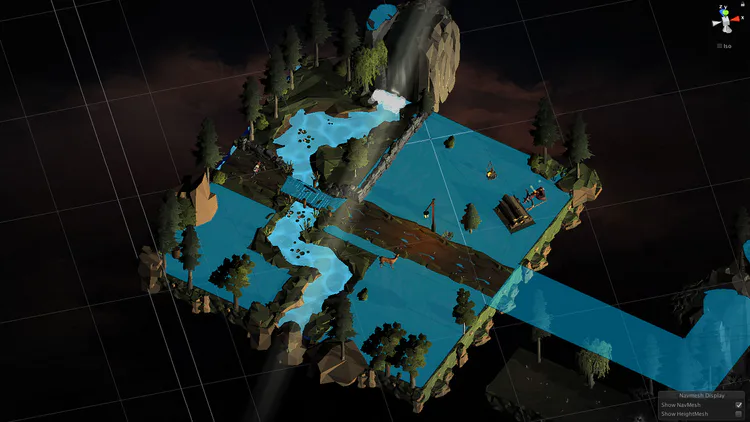
Additionally, I lowered the ground cells below the fog level, so they are now not visible until the player steps on the previous ground cell. This preserves the visual effect of level generation without having to dedicate extra computing power to the game’s performance. Another advantage that I found was that when levels were built in advance, all of the associated geometry was already rendered when the level was loaded. This means that the render engine wasn’t negatively affecting performance when the level was rising in front of the player, as the geometry already existed, which was especially useful for levels where the ground cells have more elements and graphical complexity.
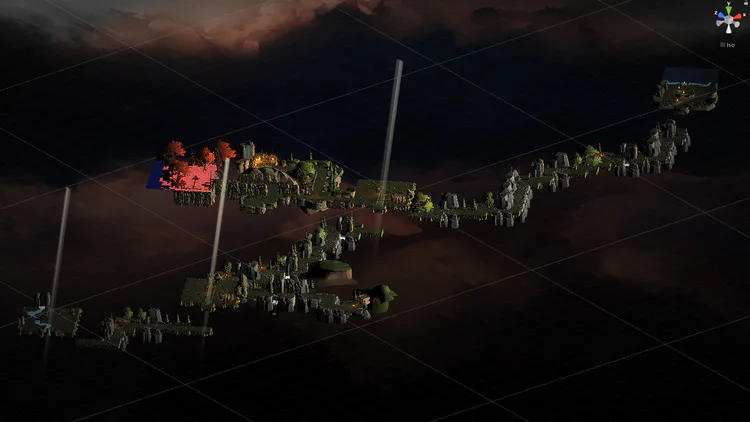
Pros and Cons
While generating levels in advance certainly helps to improve overall performance, there are some disadvantages associated with this approach. The main downside is that paths and roads can no longer have forks, as levels would be too large and complex. This removed the illusion that players are able to choose different paths, which was a nice effect even though the outcome was always the game regardless of the route selected. Now, when the level is created roads and paths are randomly generated in a way that chooses the fork for players. Luckily, this adds a bit more variety to levels when they are generated, which will likely allow for greater replayability when combined with secret sections for missions and quests. As a result, this means that it will be almost impossible to play through the exact same level layout twice.
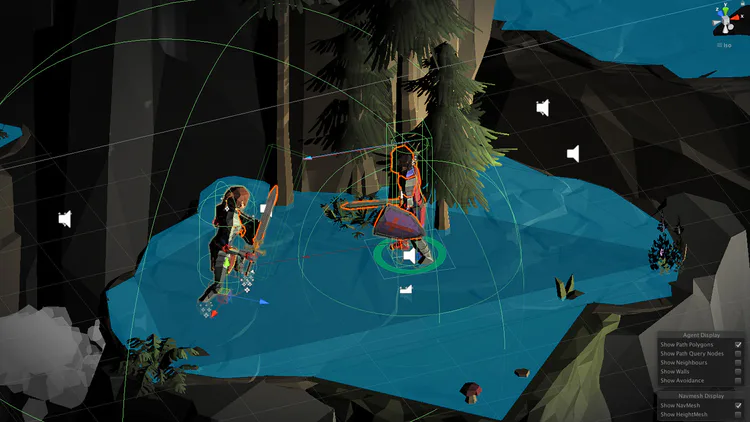
I’m working hard on more exciting and enjoyable features that are sure to improve the playability of Crumbling World.
Please consider checking out Steam, where you can wishlist Crumbling World.
Thanks for reading, and I look forward to sharing more exciting updates with everyone soon!

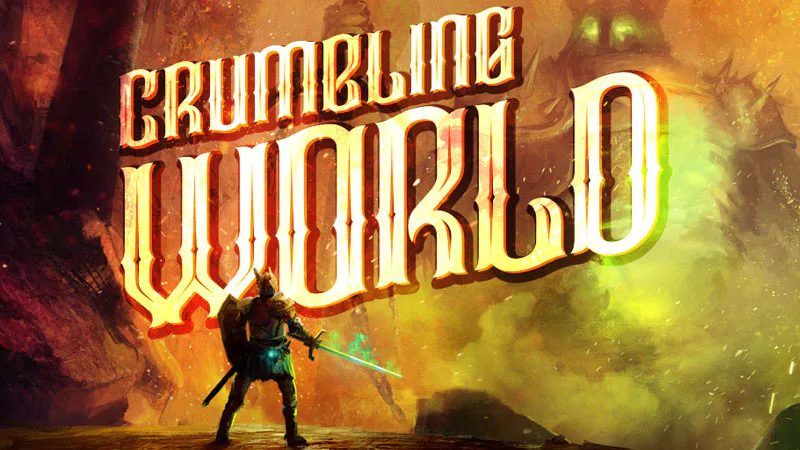
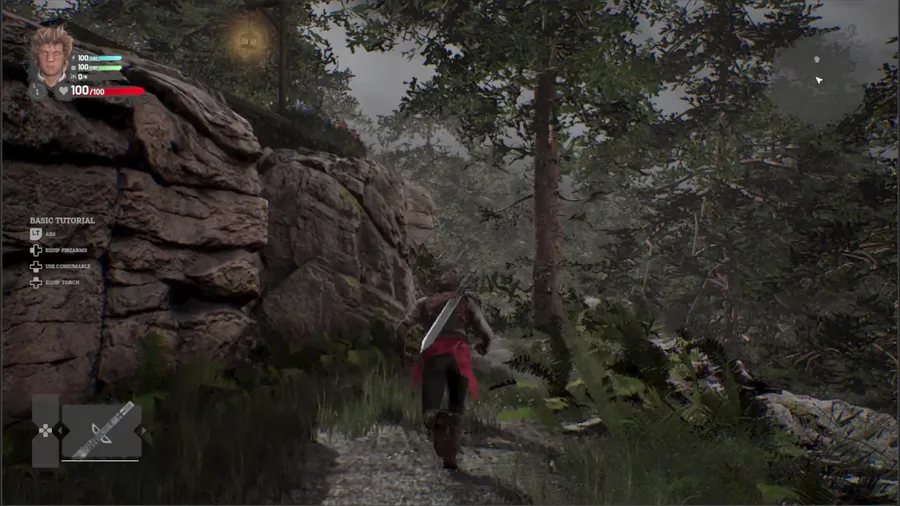
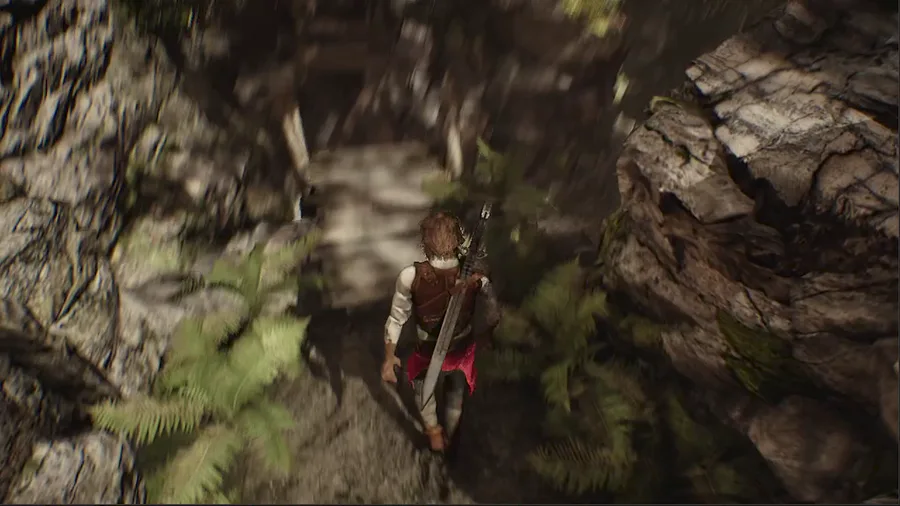
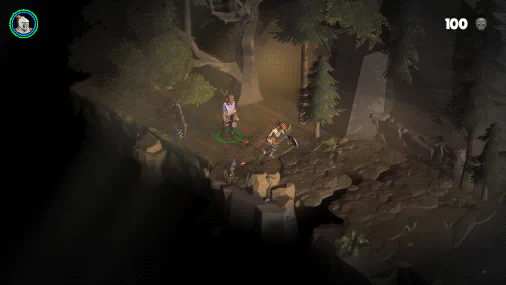
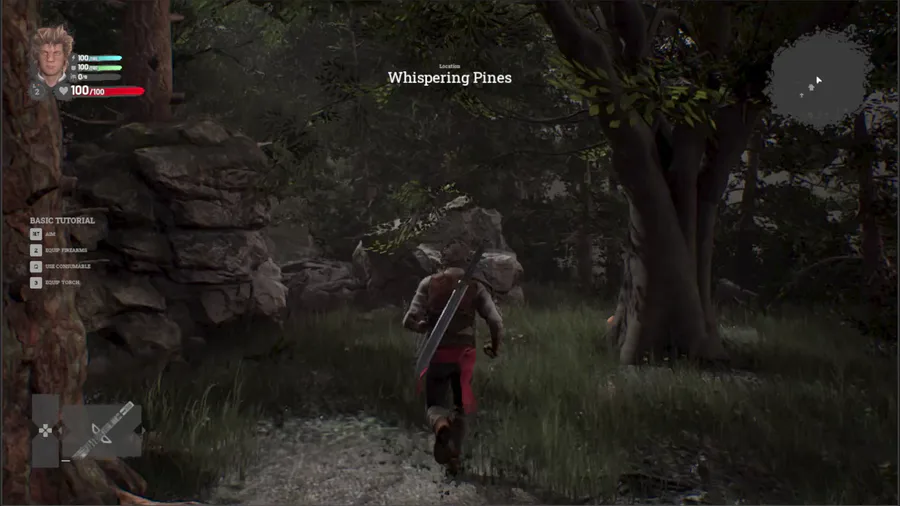
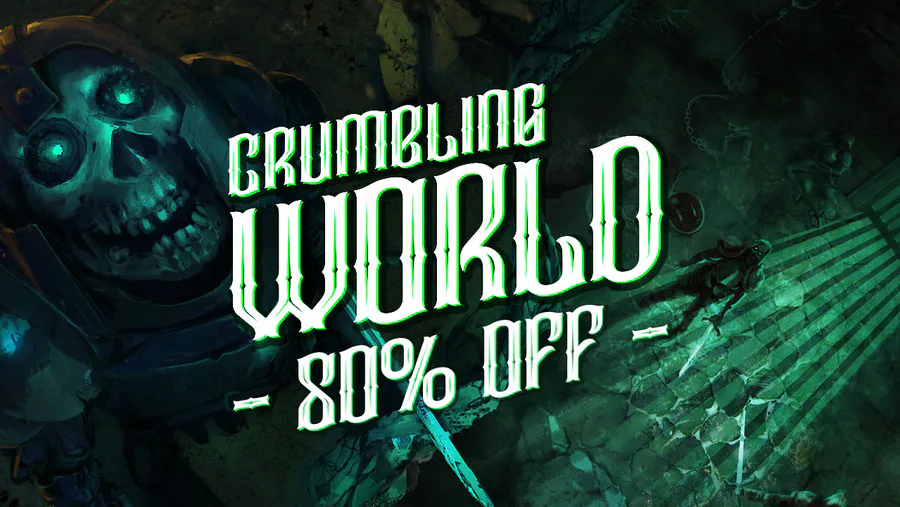
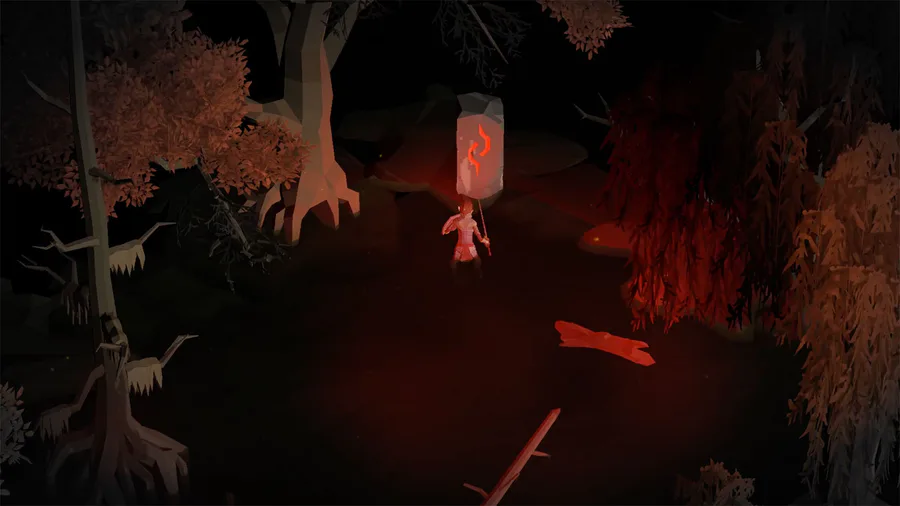
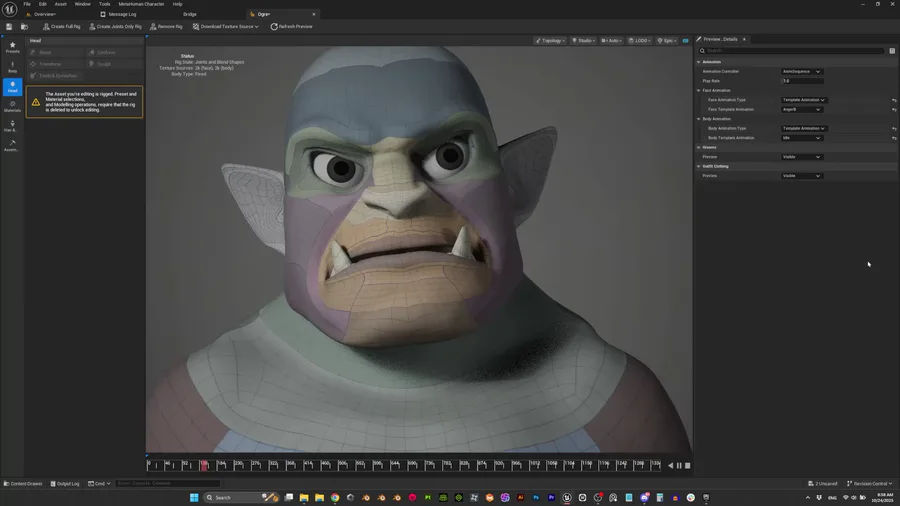
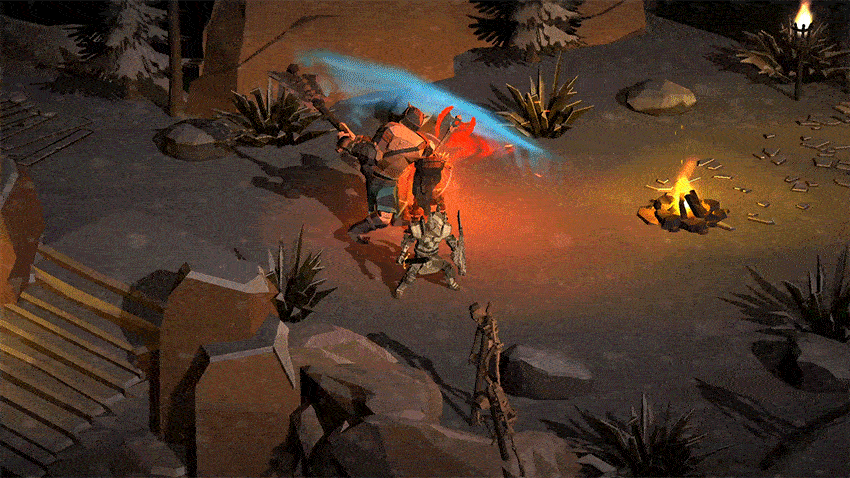
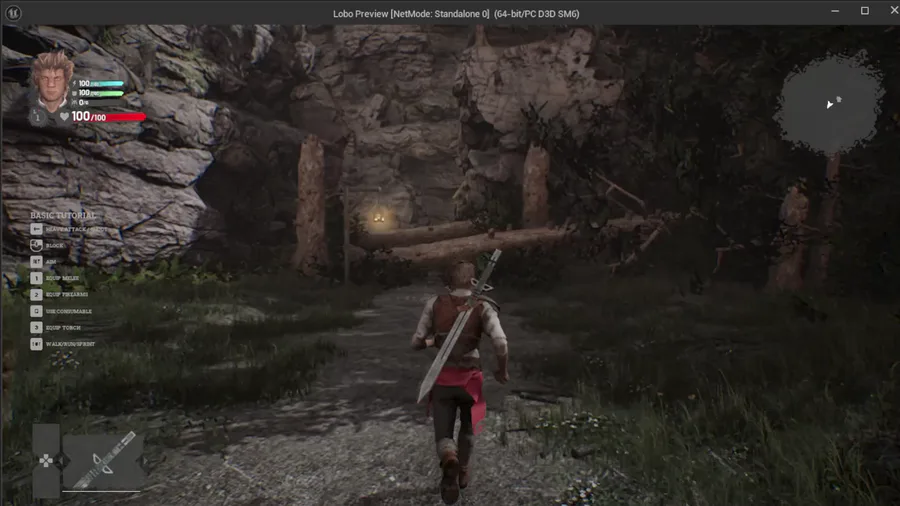
0 comments